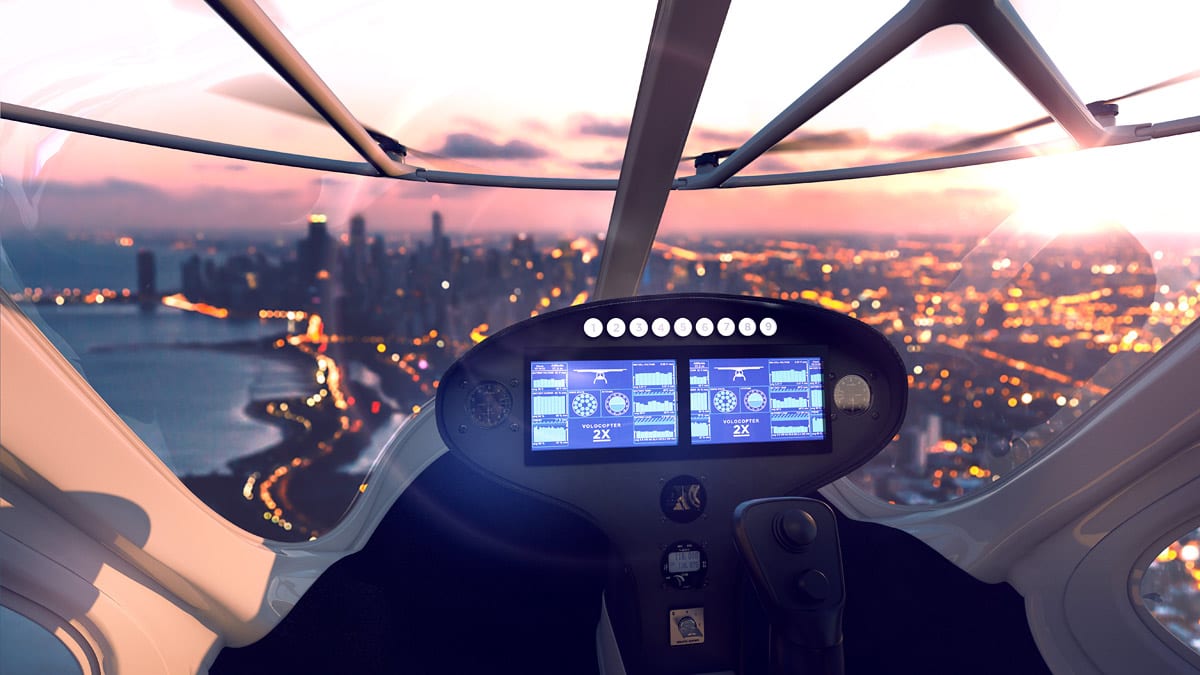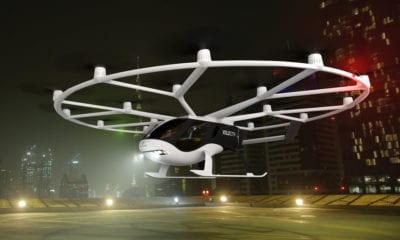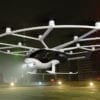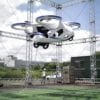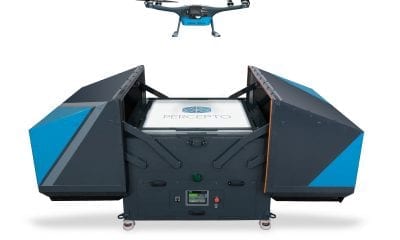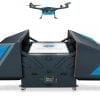News
Honeywell and Volocopter Team-Up for Urban Air Mobility
Honeywell and Volocopter have signed an agreement to jointly test and develop new navigation and automatic landing systems for Volocopter’s vertical takeoff and landing aircraft as the emerging era of urban air mobility moves closer to delivering a new breed of cleaner, safer and smarter air vehicles.
This agreement launches Honeywell’s extensive autonomous sensing and flight technologies, including inertial measurement units, attitude heading reference solutions and potentially other urban air mobility (UAM) innovations, into this rapidly developing transportation market. These solutions feature and build on technologies developed under Europe’s Clean Sky 2 and Single European Sky Air Traffic Management Research (SESAR) 2020 industry and government collaboration programs. Honeywell and Volocopter aim to prove and mature existing technologies by testing and evolving various sensor-based navigation systems for use in fully-electric vertical takeoff and landing aircraft. These tests will help the two companies create new technologies for urban air mobility.
“Congestion and traffic jams continue to be time killers for people in modern megacities. New timesaving, environmentally friendly solutions are required, and air taxis will certainly be one of them,” said Jan Hendrik Boelens, chief technology officer, Volocopter. “Honeywell’s wealth of experience and knowledge in the development of next-generation avionics technologies combined with our manufacturing expertise will make autonomous, on-demand air mobility a reality across the world. A key goal of our collaboration is to fly a Honeywell inertial measurement-based attitude reference system solution in one of our Volocopters in 2019.”
Urban air mobility comprises personal air vehicles, such as flying taxis, with on-demand availability and will provide faster and more efficient movement of people within cities to improve safety and decrease traffic. These passenger services will eventually include the use of autonomous vehicles.
Honeywell has an extensive aviation hardware and software product portfolio, including advanced navigation technologies and fly-by-wire flight controls tailored for the unique needs of UAM aircraft.
“Honeywell is excited to be working with Volocopter, a global pioneer in the emerging industry of urban air mobility,” said Carl Esposito, president, Electronic Solutions, Honeywell Aerospace. “Our global legacy of innovation serves all airspace users, as demonstrated through our involvement in the Clean Sky 2 and SESAR 2020 programs.” “Alongside Volocopter, we will be building on our fundamental expertise of navigation sensor solutions plus other landing expertise, moving us closer to the reality of urban air mobility,” Esposito said. “Our global outlook stems from years of working alongside organizations such as the Federal Aviation Administration and the European Aviation Safety Agency. This collaboration has allowed us to explore the challenges, opportunities and safe integration of technologies and aircraft in civil airspace.”
Honeywell has more than 100 years of experience helping to develop aircraft, and its products fly on tens of thousands of airplanes and rotorcraft worldwide. Earlier this year, the company announced another
UAM development partnership, and will continue to identify opportunities over the next few years to help bring our knowledge and experience to companies building UAM vehicles.
Honeywell Aerospace products and services are found on virtually every commercial, defense and space aircraft. The Aerospace business unit builds aircraft engines, cockpit and cabin electronics, wireless connectivity systems, mechanical components and more. Its hardware and software solutions create more fuel-efficient aircraft, more direct and on-time flights and safer skies and airports.
How useful was this post?
Click on a star to rate it!
Average rating 0 / 5. Vote count: 0
No votes so far! Be the first to rate this post.
We are sorry that this post was not useful for you!
Let us improve this post!
Tell us how we can improve this post?

